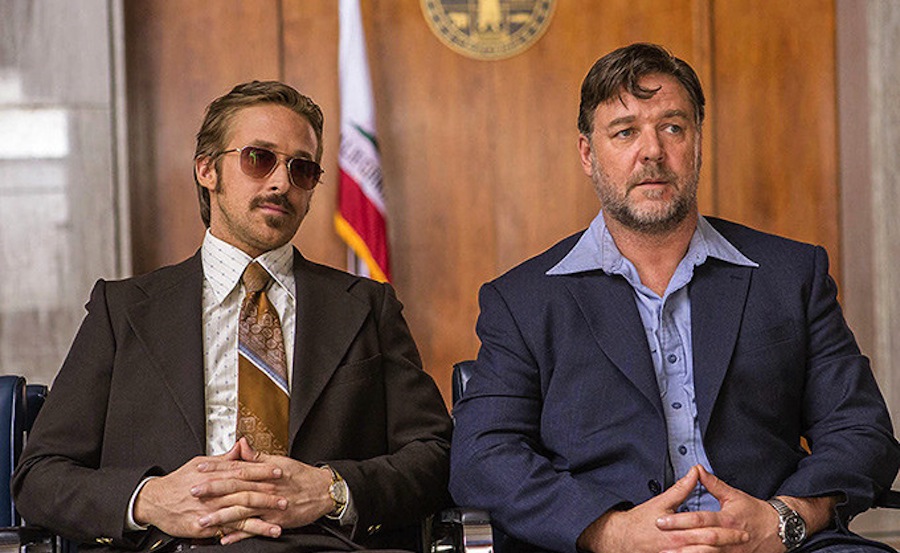Teenage Mutant Ninja Turtles 2: Out of the Shadows
by Hope Madden
Let’s say your 8-year-old child (or thirty-ish husband) really wants to see Teenage Mutant Ninja Turtles 2: Out of the Shadows. Maybe they love the cartoon. Maybe they had a TMNT digital watch back in ’91. And socks. And a skateboard. What’s the harm in indulging?
It’s been a year since Shredder tried to annihilate NYC, but because the green brothers threw credit to their cameraman helper Vern (Will Arnett), they remain unknown to the town they love and saved while Vern soaks up all the glory.
But wait! What if a mad scientist wants to use a teleportation device to break Shredder out of jail? And what if that teleportation device sends the supervillain through time and space to meet with an even bigger, badder villain? And what if the two evildoers hatch a plan to enslave Earth and eliminate the turtles by creating sloppy, fat mutant animals of their own?
So, it’s a rock solid plot that only required about ten minutes of excruciating exposition, but the point is, turtles hate bullies!
How do they feel about objectification and exploitation? I’m going to guess they’re OK with it.
Yes, Megan Fox returns as the foursome’s ogle-friendly reporter/BFF. She has two costume changes within her first full 3 minutes onscreen, but they’re vitally important as they allow her to flirt her way close to the information she needs to sleuth out Shredder’s plan.
How else could she possibly do it!?
I could almost give the film’s banal screenplay a pass as simple, mindless kids’ fun if Fox’s presence matched that child-friendly stupidity in any way. Here’s the real tragedy, though: the great Laura Linney is in this dumpster fire of a film.
The sequel is directed by Dave Green (Earth to Echo) with no flair whatsoever for using CGI to move a story along, or even sensibly portray action. Muddy and confused, the set pieces are rarely if ever compelling enough to keep your attention away from the mind-deadening laziness of the screeplay.
By 92 minutes in, I’d lost the will to live, and there was still another twenty minutes to endure.
You love your kids and your husband, but be good to yourself. Skip this one. Dial up some old episodes on YouTube instead.










